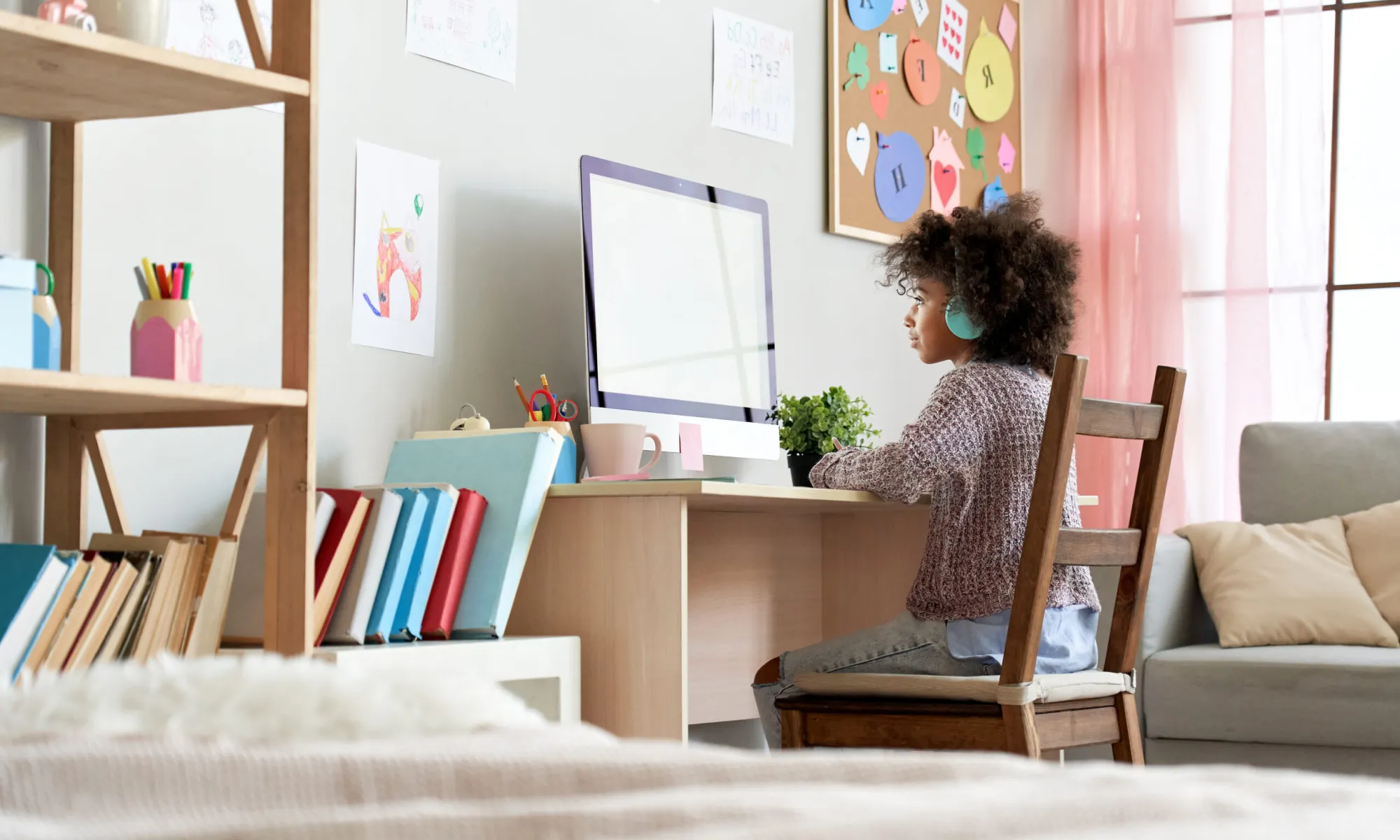- Visual
- Aural
- Kinesthetic
- Reading and Writing
The key to doing achieving better results at school is to focus on making learning about the child.
Every child is unique, and as a result, not all study techniques are effective due to the way in which children learn and process information. Studying skills are key for children to reach their full potential at school or in extra-curricular activities. In order to achieve to the best of their ability, we have to identify the child’s particular learning style. There are a number of studies on this topic, but in this article, we are going to refer to the VAK learning style theory.
This theory distinguishes between three main learning styles, although a fourth style has recently been added:
- Visual
- Aural
- Kinesthetic
- Reading and writing
A child may of course fall between various learning styles, and thus may use a combination of learning techniques.
In this article, experts from the Babysits team explain what each one of these learning styles consists of and which study techniques can be applied in each case.
Visual
This learning style is characterized by a visual preference, exactly as the name suggests. Children who adopt this style take in information in the form of images and diagrams. Visualizing information also helps them to relate ideas and concepts.
How to distinguish it from other learning styles
Some indicators of this learning style would be:
- Annotations on the sides of pages
- Use of symbols as support during classes
- Often draw or paint to help them understand material
Study techniques
The following techniques will help ´visual´ children to learn:
- Diagrams, graphs, visual maps etc – any technique that involves organizing information in visual form.
- Educational videos such as documentaries
- Presentations

Aural
This learning style is characterized by a preference for listening and speaking. In this case, students prefer to listen rather than read, and if they have to read, they will prefer to do so aloud. In addition, they will speak in order to group together and clarify ideas.
How to distinguish it from other learning styles
Some indicators of this learning style would be:
- Preference for listening rather than reading
- Usually read aloud when they study, or they read out ideas.
- Like to debate and converse with others in order to learn
Study techniques
The following techniques will help ‘aural’ children to learn:
- Educational songs
- Podcasts
- Recording themselves speaking about the study material and listening back to it in order to study and learn
- Speaking to themselves whilst studying and using this to come up with ideas
- Debating and speaking about the topics being studied with other people
Kinesthetic
This style of learning is characterized by a preference to ‘play and work’ and to physically interact with the content. They are also known to be tactile. Although it is a slower way of learning, it does have very good results.
How to distinguish it from other learning styles
Some indicators of this learning style would be:
- They capture information through physical touch and movement
- They usually make diagrams on the edges of pages
- They respond better to practical exams or work in labs
- They tend to move when studying
Study techniques
The following techniques will help ‘kinesthetic’ children to learn:
- Observing demonstrations of the material being studied. Videos showing the content is a good way of doing this.
- Studying standing up
- Using flashcards when studying and highlighting important ideas
- Practicing with exercises
- Studying with role-play
Reading and Writing
This learning style is characterized by a preference to read and write. These students have a high level of reading comprehension and usually love to write. In addition, writing helps them to internalize information and understand difficult concepts.
How to distinguish them from other learning styles
Some indicators of this learning style would be:
- They retain information better when they have read or written it
- They usually write down all the information they can given to them by their teachers in class
- They respond better to written exams
- They usually take notes when they study
Study Techniques
The following techniques will help kids with a preference for reading and writing to learn:
- Creating lists
- Making summaries. Try to make titles descriptive
- Rewriting and rereading points
- Adding little descriptions to diagrams.
- Writing down the methods for an exercise, for example. Writing down things that they don´t understand, this will make them process information better and help them to understand the content.
We hope that this article will help you to motivate your children to study, and above all, that it will make their homework easier!
Take a look at the babysitters from Babysits that are guaranteed to help your children improve in school!







































